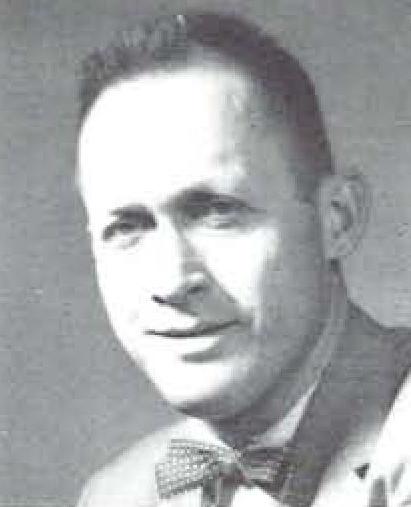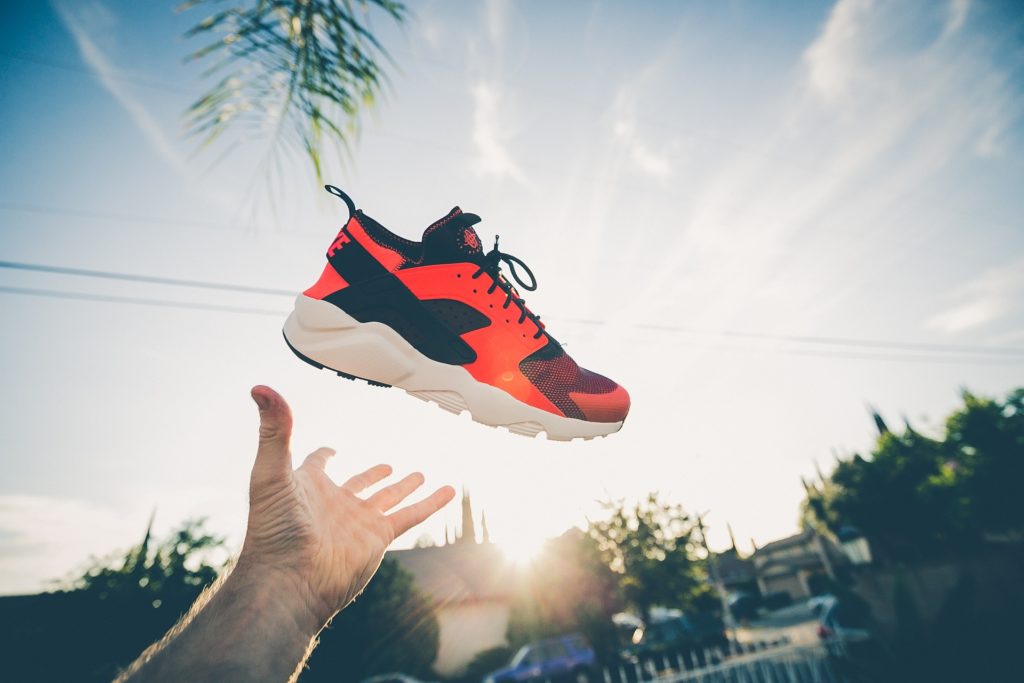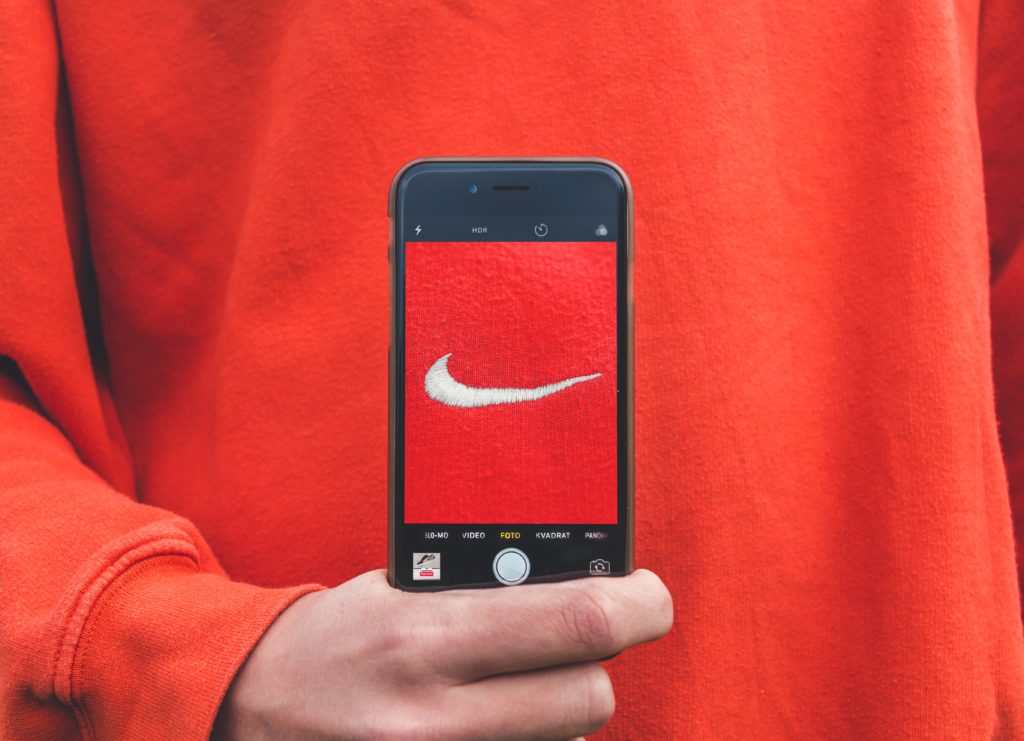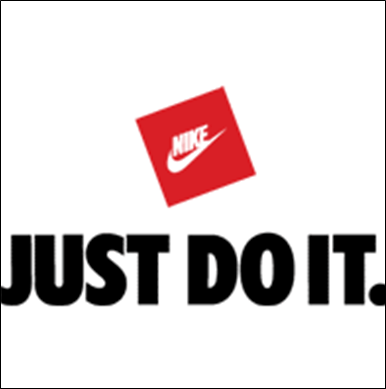It’s impossible that no one has heard of or read about Nike, the most dominant sportswear company today. Although Nike has expanded its merchandise that includes sports equipment, streetwear fashion, and collectibles, it’s the sneakers (such as running shoes) that will always be sought after by its millions of customers and loyal patrons.
Nike’s success and fame as a billion-dollar, multinational company are by no means overnight. It rightfully earns its place as the world’s undisputed sportswear giant through many approaches and schemes over the years since its founding. These include employing the latest in technology and sleekest designs to its products and several sponsorship deals with high-profile athletes, sports teams, and sports events. You cannot think of LeBron James, Tiger Woods, and most of all, Michael Jordan, without thinking of Nike. Nike’s PR campaigns are so successful that it has effortlessly made its way into the realm of pop culture, becoming indelibly tied to it in the process.
Nike as Blue Ribbon Sports
Nike started originally as Blue Ribbon Sports (BRS), founded by Phil Knight and Bill Bowerman in 1964. Knight had just graduated from the University of Oregon, where he also played as a varsity track athlete. While in the university, Knight met Bowerman, who also happened to be his track coach.
Bowerman also displayed a keen interest in optimizing his runners’ shoes. He would constantly try out several different models after learning from a local shoemaker. According to Nike, Knight was the first person to try one of Bowerman’s custom-made shoes. But Otis Knight, an Olympic gold medalist and former University of Oregon athlete also coached by Bowerman, contradicted this claim, saying that he was the first to try Bowerman’s shoes.
Whatever’s the case, Knight and Bowerman ended up as business partners and founded Blue Ribbon Sports on January 25, 1964. The company was initially a distributor for Japanese sneakers maker Onitsuka Tiger. In its first year of operations, BRS sold more than 1,300 pairs of Onitsuka Tiger shoes, grossing around $8,000.
Ever the inventive person, Bowerman proposed a new shoe design idea to Onitsuka Tiger. The new design would provide the proper support for runners with a cushioned inner sole, a soft sponge rubber at the forefoot and top of the heel, a hard sponge rubber in the mid-heel, and a firm and durable rubber outsole.
The new design, “Tiger Cortez,” proved to be an instant hit for BRS. But unfortunately, the success also became a source of conflict between the company and Onitsuka Tiger. By 1971, BRS and Onitsuka Tiger had severed their partnership, and BRS went out on its own by designing, manufacturing, and marketing its own footwear. It also rebranded itself as Nike after the Greek goddess of victory. Nike hired graphic designer Carolyn Davidson to create a new logo for the brand: the now-iconic “Swoosh.”
Nike – on the way to the top
After officially coming into existence on May 30, 1971, Nike continued BRS’ success – first with the Tiger Cortez design and then with Bowerman’s new and innovative “Waffle” sole design. There’s the now-famous lore about how the Waffle design came to be.
While having breakfast one morning in 1974, Bowerman was thinking about the better traction for his shoes. Then he arrived at a “Eureka!” moment when he saw grooves in the waffle that his wife made for him. Looking at the waffle, Bowerman wondered what it would look like when inverted. Not one to lose grip on the idea, Bowerman took the waffle iron and poured melted urethane over it. But unfortunately, he forgot to add any non-stick agent onto the waffle iron, so it was glued shut, damaging the iron (the old waffle iron is now displayed at a hall in Nike’s headquarters near Beaverton, Ohio).
Nevertheless, the idea had taken root, so Bowerman tried to pour the melted urethane on another iron (which, presumably, was greased well this time). He designed a new sole from his experiment, and the new “Waffle Trainer” came to being.
The shoe was a runaway success for Nike. Since then, the company has maintained and enjoyed a solid and steady growth through its early years. When Nike made a splash on the stock market with its IPO in 1980, it instantly made Knight a multimillionaire with shares worth $178 million.
The not-so-secrets to Nike’s success
There has been no letting up in Nike’s success since then. And its continuous growth is helped on, in big part, by a series of ingenious ads and PR campaigns. Nike’s most famous campaign was the “Just Do It” slogan, which first appeared in 1988 and has been one of its trademarks since.
Not to mention that Nike has also signed several celebrity endorsements, and it seeks no less than the biggest and brightest stars in sports – Tiger Woods, Kobe Bryant, LeBron James, and most of all, Michael Jordan. Nike’s ties with Jordan are, by far, the most lucrative in the company’s history. When Nike first got wind of Jordan, it spotted a potential celebrity endorser in him.
Jordan, who personally preferred Adidas and hoped to sign a deal with it, ended up signing with Nike instead. Nike’s contract promised Jordan $500,000 a year for five years, a couple of die-cast Mercedes cars, and shoes customized to his specifications and preferences.
The deal proved to be a major hit for Nike, with Jordan quickly rising to superstardom. His own shoe line, Air Jordan, went on to hit the market to earn over $100 million by the end of 1985. Today, Air Jordans continue to be one of Nike’s cash cows. Despite the recent decline in sales, the brand nevertheless earns Nike a mind-boggling $2.8 million in 2018 alone. Jordan, who retired in 2003, continues to make about $100 million every year from Nike royalties alone.
Here are some of the most iconic sneakers throughout Nike’s history:
- Nike Cortez – Nike Cortez is one of the company’s earliest designs. Originally designed as a running shoe, the Nike Cortez remains one of the brand’s most popular and enduring silhouettes. It was even more immortalized when Tom Hanks wore them in the movie Forrest Gump.
- Air Jordan – Nike produced the sneaker line Air Jordan for the legendary NBA star Michael Jordan. It has become one of the high-priced and most coveted sneakers on the market. They are a pair that goes with everything from formalwear to special shirts to match with a Jordan 1.
- Flyknit – Nike produced a running shoe that promised to be lightweight, breathable, and comfortable. And it delivered the goods due to its incredible Flyknit technology. It uses high-strength fibers to create a lightweight upper. The result? The shoe fits snugly and perfectly like a sock that, making it easy to wear and perfectly suitable for miles-long running.
- Nike Dunk – The Dunk has been around since 1985, just before NBA welcomed the Air Jordan 1. The shoe could be customized in any team’s colors. But the original Dunk remains the most coveted and collected.
- Air Max – The Air Max utilizes the visible Air technology, consisting of midsoles that incorporate flexible gas-filled urethane pouches intended to provide underfoot cushioning. The Air Max line remains the jewel in Nike’s sneakers crown and has become a modern classic ever since it was launched.
Nike’s motivational quotes
Nike is one of the most recognizable brands in the world, with its Swoosh logo and numerous marketing campaigns. It’s no surprise that the company has come up with some memorable slogans over the years.
Nike does an excellent job with motivational quotes. Nike slogans from decades ago are still remembered and heard today.
These Nike quotes and words about success, achievement, and achieving goals can help you overcome many mental roadblocks in life, love, and work.
The best part is that you don’t have to be an athlete or a sports fan to be motivated and inspired by these!
Below are some of the most memorable quotes from Nike:
1. Greatness is not born, it is made.
2. Yesterday you said tomorrow. JUST DO IT
3. What you do is up to you. Just do it.
4. Don’t believe you have to be like anybody to be somebody.
5. Believe in something. Even if it means sacrificing everything.
6. If you have only one hand, don’t just watch football. Play it. At the highest level.
7. All you have to do is pick up your feet.
8. Run the day. Don’t let it run you.
9. Be legendary.
10. Take the high road and go higher.
Conclusion
When it comes to storytelling, we can’t deny that Nike is the master of overlords. Who can motivate and inspire ordinary people to continue sprinting and practicing in order to achieve their wellness or sports goals? Nike has always done this. Because they were athletes, its founders were able to tell authentic stories.
Bill Bowerman knew he needed to tell a story when he first proposed the idea of attempting to sell more shoes to the market. Because he was a track and field coach, he wrote the story for his own products and connected with audiences. His mission could have been the same as the brand’s mission at the time: “creating shoes for athletes.”
Nike, a master storyteller, has created a sense of belonging for all of its customers for nearly 50 years. Nike customers must be aware of their strengths and grow their ambition to become stronger, faster, and greater.






